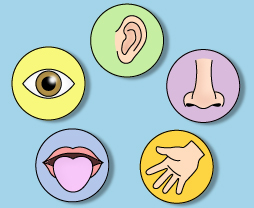
Conventionally, we are taught at infancy the five faculties of sensation. Whether it be sight, smell, taste, hearing or touch. But one critical tenet of human intelligence has been overlooked, to the extent that children have no understanding of the mechanisms behind the perception of the world around them. It becomes critical to acknowledge the sixth sense as consciousness; such a concept has been paramount to the tenets of western and eastern philosophy and pondered analytically by some of the most prominent figures of thought. Da Vinci himself regarded the fluid filled ventricular system of the brain as the source of consciousness whereas; Greek philosopher Aristotle visioned the centre of sensation as the heart. To this day, the advent of the digital revolution little is known regarding the anatomy and physiology of consciousness. Neuroscientists are aware of the hippocampus and its intervention in the consolidation of memory from a short to a long term state, the Limbic system and its role in the relaying of behaviour and emotion, but what is the Anatomical Basis for Consciousness?
Consciousness is intangible, it cannot be seen, touched, sensed or smelt, and it is an almost inconceivable fundamental of intelligence. And mark my words, consciousness and its mechanisms will never be understood for regardless of our technological innovation, limitations are inevitable
No comments:
Post a Comment